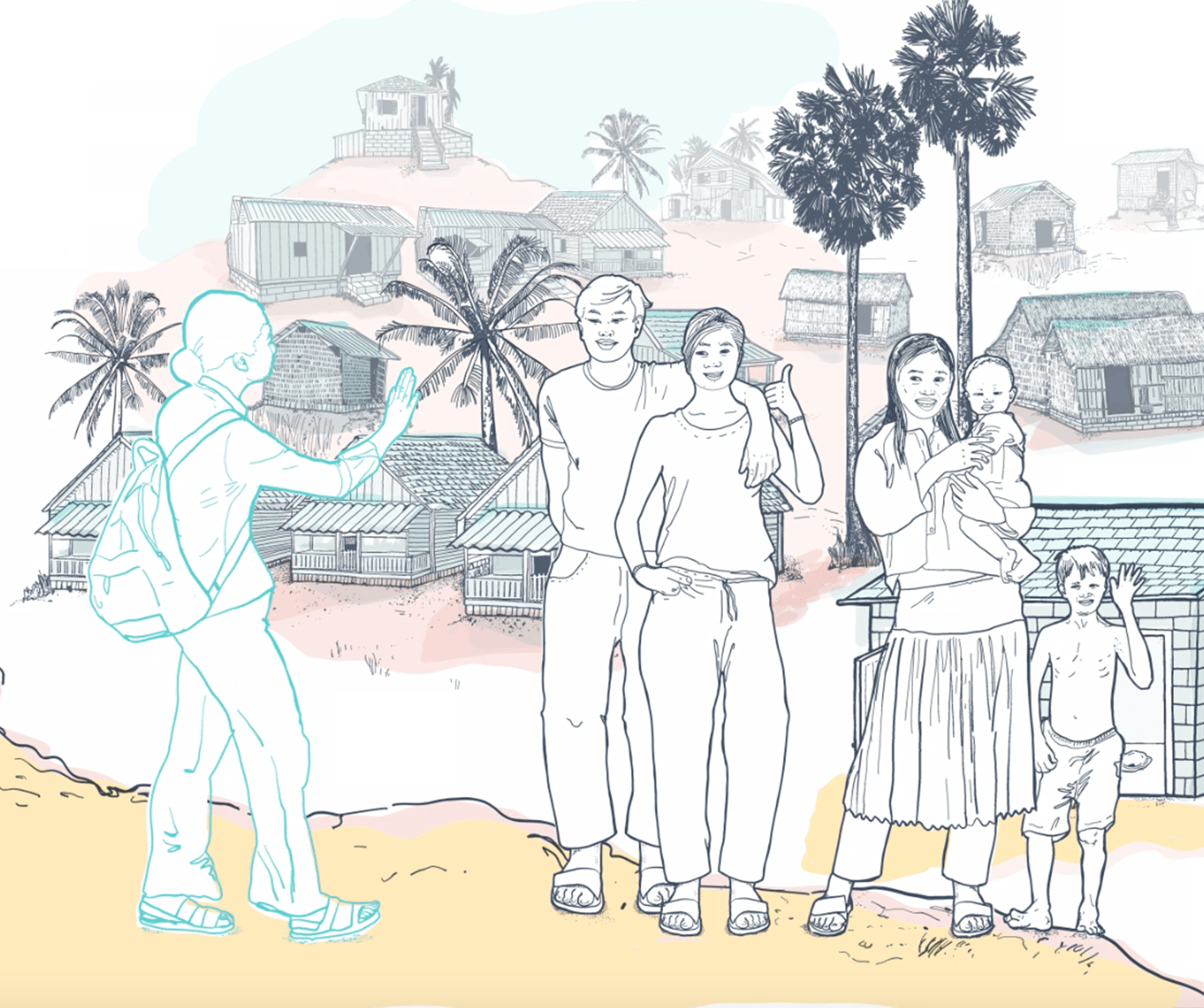Sustainable Development Goal (SDG) 8 calls for ‘full and productive employment and decent work for all women and men,’ and to ‘protect labour rights and promote safe and secure working environments for all workers, including migrant workers, particularly women migrants, and those in precarious employment.’
To achieve this Goal, major sanitation challenges in developing countries must be addressed. Sanitation workers empty pit latrines and septic tanks, maintain sewers and drains, and operate faecal sludge and waste water treatment plants. In many countries, they face social, financial, legal and health challenges that violate their rights to dignity and decent work.
They tend to lack tools and protective equipment, and are exposed to chemical, physical and microbial hazards. Work is typically in confined, oxygen-deficient spaces, often causing asphyxiation and ‘sewer deaths.’ Sanitation workers face greater risk of infection, injury and death than do average workers, and rarely have insurance or access to health services.
Vulnerable groups, especially people living in poverty and migrants, are more likely to engage in sanitation work, and sanitation workers are stigmatised across the world. In South Asia, ‘manual scavenging’ – manually emptying pits and bucket toilets – disproportionately employs women, and has the added dimension of caste-based discrimination, because it is seen as reserved for people labelled as lowest caste.






